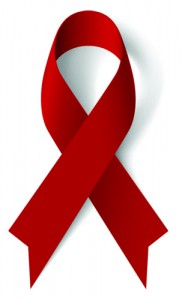One of the most important jobs we have in our practice is to examine, monitor and diagnose head and neck pathology in our patients. What we are really looking for is any sign of oral cancer. Each year, about 42,000 Americans are newly diagnosed with oral cancer. Unfortunately, more than 8,000 of those people will die from the disease because too often it is caught in a late, incurable stage.
 To help you stay healthy and educated about your oral health needs, we have compiled a list of the most important things you should know about oral cancer:
To help you stay healthy and educated about your oral health needs, we have compiled a list of the most important things you should know about oral cancer:
- Oral cancer affects more than just the mouth. Any cancer in the mouth, lips, throat or back of the mouth is considered oral cancer.
- Since 90% of oral cancers begin in the surface area of the mouth, tongue and lips, we recommend regular self-exams.
- Largest risk factors: Not surprisingly, tobacco and alcohol use top the list of biggest risk factors for oral cancer.
- Other risk factors: Human papilloma virus (HPV), pre-cancerous oral lesion, betel quid use (common in Asia), excessive UV/sun exposure, certain drugs and genetic syndromes.
- To diagnose oral cancer, we will examine the mouth and neck, ask about your risk factors, and possibly order biopsies and imaging of the head (CT, MRI, etc).
- Pain is not associated with cancer in its early stages. Usually pain does not occur until the cancer has progressed to a later stage.
- The most common oral cancer symptoms warrant a call to our office. They include: sores that don’t heal, lumps inside the mouth, white or red patches on soft tissues in the mouth, bleeding, pain when swallowing or chewing, numbness, difficulty moving the jaw or tongue, lumps in the neck, hoarseness, and more.
Don’t hesitate to us if you are experiencing any of these symptoms of oral cancer.
